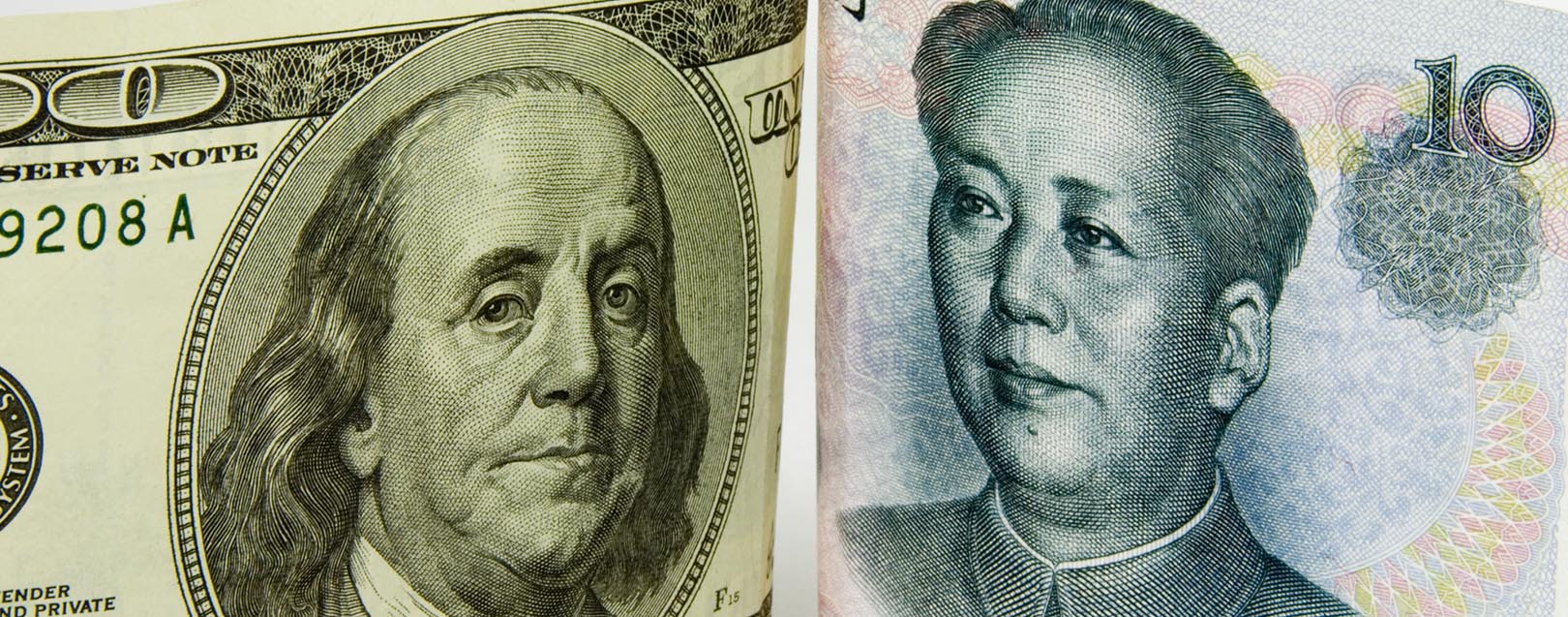
No doubt, RMB is more of an international currency today than it was a few years back. But, it’s still not in the same league as USD
Manish K. Pandey | The Dollar Business
Just four months back, in October 2014, the British government became the first non-Chinese country to issue “dim sum” bonds (renminbi-denominated bonds issued and settled outside mainland China) worth RMB3 billion ($490 million). Then it was Australia’s turn. A provincial (New South Wales) government in Australia issued dim sum bonds worth RMB1 billion, just two days after Sydney became a RMB clearing center (it was November 2014). Grapevine is that it’s now Sri Lanka that is seriously contemplating becoming the first non-Chinese Asian nation to issue dim sum bonds anytime soon. All this has sparked the long overdue debate, “Is RMB replacing USD as the next global reserve currency?”, once again!
While RMB has strengthened more than 25% vis-à-vis USD over the past 10 years, the issuance of dim sum bonds too has jumped sharply. From just RMB12 billion ($1.7 billion) in 2008, the issuance of dim sum bonds had surpassed RMB324 billion ($52.20 billion) in 2014 (a 74% increase from 2013 volumes). But does that mean the dollar’s days are numbered and renminbi is well on its way to replace it as a global currency?
Historically, Chinese trade deals were invoiced in currencies other than RMB. It was only in July 2009 when the country started allowing trade transactions to be invoiced in RMB. Although less than 1% of Chinese trade deals were invoiced in RMB in Q1 2010, the number has only moved north since then and is now a major source of offshore RMB liquidity. In fact, in 2014, about 18% of total Chinese foreign trade settlements were invoiced in RMB.
Still, the use of RMB as a means of payment and as a unit of account remains limited on a global scale. For instance, every three years, the Bank for International Settlements (BIS) conducts a survey on the size and composition of the foreign exchange market and in its most recent survey, conducted in April 2013, BIS found that RMB constituted 2.2% of all foreign exchange transactions that occurred in April 2013 and was the 9th most actively traded currency. The number is nothing when you compare it with USD’s 87% share, but it’s definitely a big growth from RMB’s 0.9% and 0.1% shares in 2010 and 2007 respectively. In fact, it’s the fastest increase among all currencies. This might make you think again about RMB’s growing prowess, but then the USD’s share has too risen from 84.9% and 85.6% in 2010 and 2007 respectively.
Further, central banks across the globe do not hold many, if any, RMBs as part of their forex reserves. As per IMF, while USD and EUR comprised 60.6% and 24.2% of forex reserves respectively at the end of Q3, 2014, RMB was not even listed among the other three top currencies (JPY, GBP & CHF) which together held another 8% share.
No doubt, RMB is more of an international currency today than it was a few years back. But, it’s still clearly not in the same league as the USD, JPY and EUR. The reason is simple. Relative to these currencies, options for investors to hold RMB-denominated assets are severely limited. Although Qualified Foreign Institutional Investor (QFII) participation has grown steadily over the years (starting 2002 China has allowed FIIs to buy A-shares listed in Chinese stock exchanges), and holdings at present total about $55 billion, the number turns out to be relatively small when one compares it with the market capitalisation of all the A-shares listed on the Shanghai and Shenzhen stock exchanges which totals about $1.8 trillion as of December 31, 2014. In other words, the QFII programme gives foreign investors only a limited ability to buy RMB-denominated equities. The size of the offshore “dim sum” bond market too is just about $52 billion or so at present, whereas outstanding issuance in the US bond market is over $38 trillion.
The problem for RMB is not the size of the financial markets in China (mcap of the Chinese stock market is around $4.4 trillion; even the size of the on-shore Chinese bond market is about $4.9 trillion). The problem is the capital controls that severely limit the ability of foreign investors to participate in these markets.
Therefore, until Chinese financial markets become much deeper and more liquid for foreign investors and foreign central banks, RMB cannot really compete USD. No doubt, the redback has strengthened its position against the greenback over the last few years. But it still has a long way to go before it actually starts to rival greenback in its use as an international currency. However, one thing is for sure – slowly but steadily, the RMB is going global!
Get the latest resources, news and more...
By clicking "sign up" you agree to receive emails from The Dollar Business and accept our web terms of use and privacy and cookie policy.
Copyright @2025 The Dollar Business. All rights reserved.
Your Cookie Controls: This site uses cookies to improve user experience, and may offer tailored advertising and enable social media sharing. Wherever needed by applicable law, we will obtain your consent before we place any cookies on your device that are not strictly necessary for the functioning of our website. By clicking "Accept All Cookies", you agree to our use of cookies and acknowledge that you have read this website's updated Terms & Conditions, Disclaimer, Privacy and other policies, and agree to all of them.

